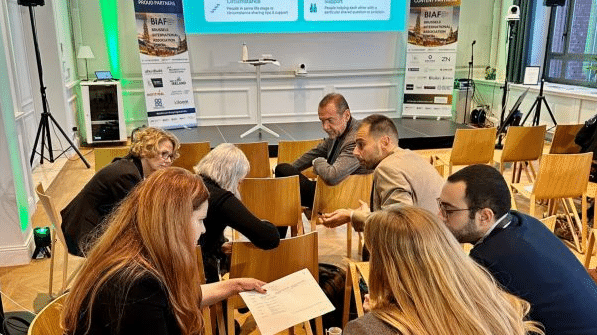How do you get your online community to engage?
There are several reasons why starting an online community is a good idea. But simply starting such a platform does not guarantee success. How do you ensure that members of your community actually use the platform? That they themselves contribute and share their knowledge? In short: how do you get an online community to engage?
Yard | Digital Agency has been developing and building innovative online communities for years. We do this for large and small organisations. Usually, these organisations have a social purpose. Examples are a platform for the Dutch Association of Hospitals and a knowledge network for professionals at the KU in Leuven. We have also helped large trade and professional associations such as TVVL and the KNVB (Royal Dutch Football Association) with their content and community platforms.
We have lots of experience working with many different communities. As a result, we know what works well and what does not. We would be happy to share this knowledge with you. We have identified 8 key points that help make communities successful.
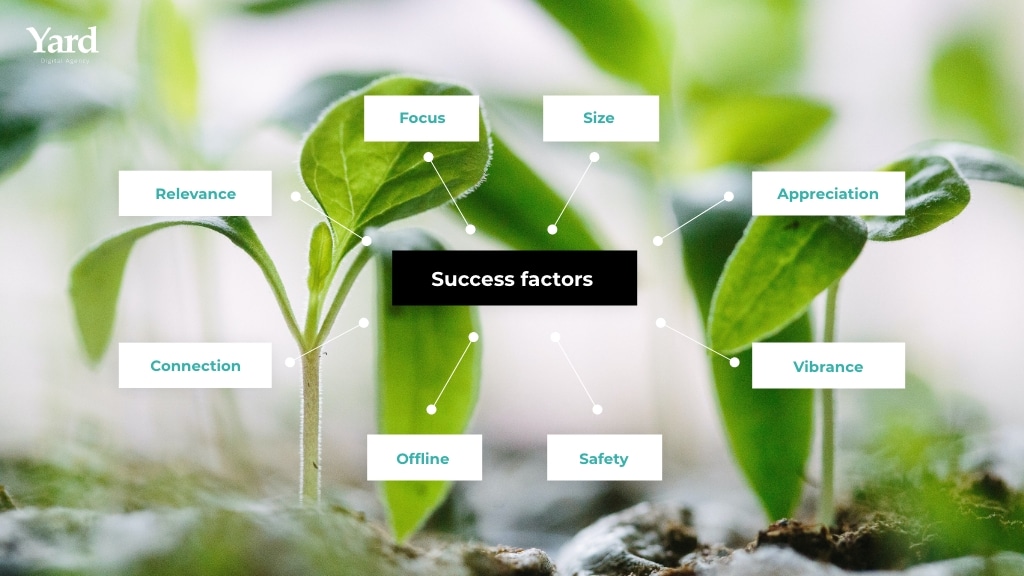
1. Safety
An online community should exude trustworthiness. Members need to feel safe. The feeling that they can ask a question without being ridiculed, even if it is a ‘stupid question’. After all, the internet can be a harsh environment. That stop people from participating. The design of your community plays an important role in this. A calm and uncluttered look-and-feel makes members feel more at home. And members who feel at home will be more active and open. A good community manager is essential for this. This is someone who oversees the community, manages things and engages members in a positive way.
2. Relevance
Members become active on an online platform if it actually adds something to their (working) life. They need to enjoy coming there, learn something from it and feel understood.
That seems obvious, yet this is where things often go wrong. It happens when little to no research has been done to understand members’ needs. The community manager then publishes something based on intuition, but that will not do the trick. It will soon result in a platform that no one is interested in. Then you are like a newspaper with news no one will read.
Don’t make assumptions. Members often have different needs than you might expect.
How do you make sure you are relevant to your target audience? Listening closely is a start. But it goes beyond this. You can increase your understanding by doing extensive keyword research, or using data obtained from the market.
Moreover – and we definitely recommend this – you can also ask the (potential) target audience questions. We mean that literally: interview them. This can be done offline or online. In any case, make sure you get reliable results. A few interviews can be enough to get a good idea of which issues are relevant. Be careful with assumptions; the actual needs of your target group may be different than you expect.
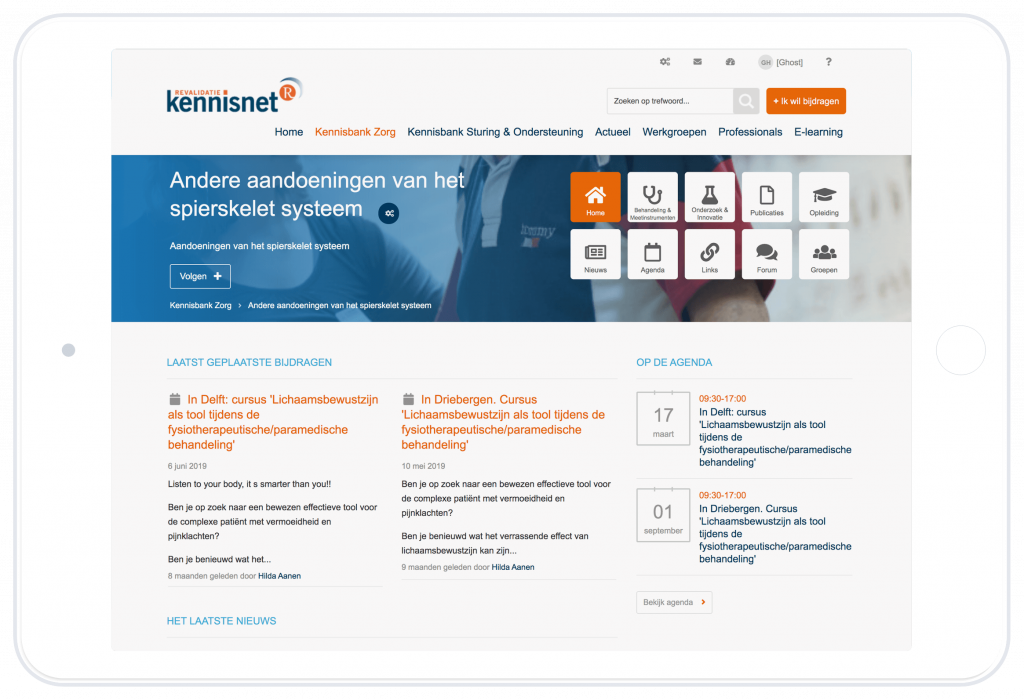
For the KNVB, for example, we developed the community platform ‘Eén Tweetje‘. On this platform, football club administrators connect with one another about various issues and themes. Before we started building the platform, we held extensive talks with a sounding board group of directors. What is going on within the associations? What do the directors actually need? From the extensive sessions, we extracted a number of features they consider important. We incorporated these in a clear design. KNVB was very satisfied with this, and, not unimportantly, so were the directors.
3. Offline helps online
When people know each other personally, it encourages online interaction. Several studies have demonstrated this. That is why we advise you as (chief) editor or owner of a community platform to also organise in-person events. Think of a network meeting or event about a specific topic. Or evening debates on issues related to current affairs.
For instance, for years, we ourselves have been holding all kinds of seminars in Dutch regarding digital innovation. Where possible, these are offline meetings. In these, experts from different fields share their knowledge about the latest (online) trends.
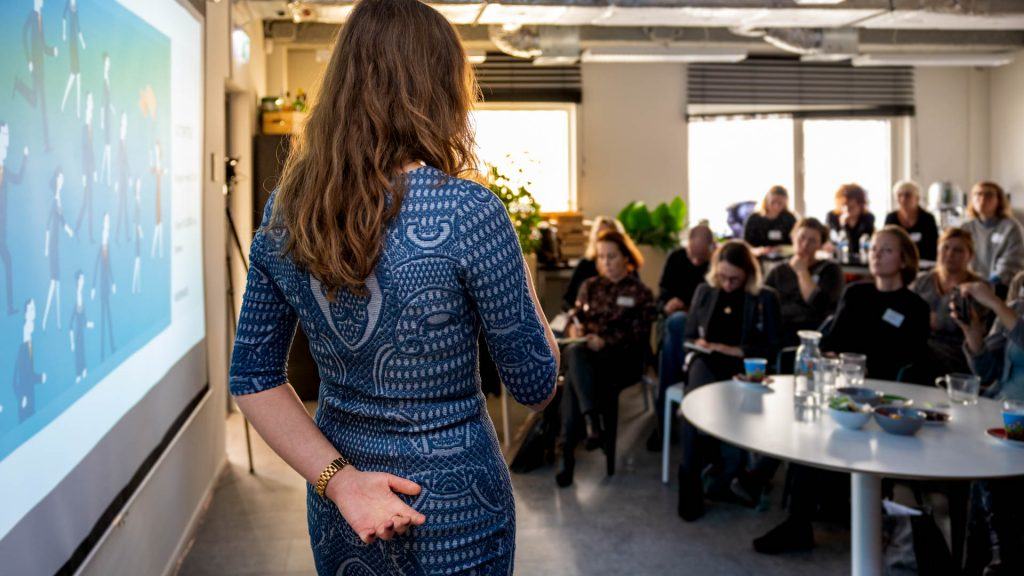
4. Size of your community
Before starting a community platform, it is a good idea to take stock of how many people are actually interested in your services. This is because an online community has a critical mass. This is the minimum number of people who must actively participate to ensure that the community is viable. Exactly how many people that is, is difficult to determine, as communities can vary greatly among themselves. Based on our experience, we do know that you need at least a few hundred members to have a successful community. Especially. if your platform contains many collaborative groups and themes, you will need quite a few active members.
Although there are also exceptions. If your community is in a niche, fewer members can also be enough. An example is Boerenvoordrinkwater.nl. This is a community for farmers in Overijssel who are committed to clean drinking water. It is a relatively small group, but the members do have a common interest This is important, because connection creates exchanges. More about this later in spearhead 6.
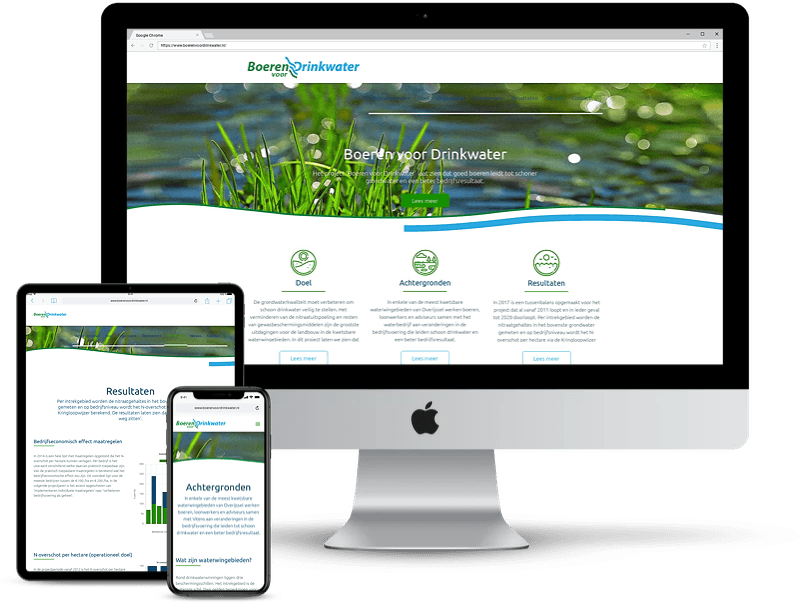
5. Focus
For a successful community, it is important to choose a good focus. It must be clear what the purpose of the platform is. If the topic is too broad, it will become a jumble. Then it is no longer really relevant to anyone and engagement will sag.
A good example of a focused, successful platform is that of toy manufacturer LEGO, known for its coloured building bricks. LEGO uses the LEGO IDEAS platform to collect ideas for new building kits. Members can submit ideas for buildings, landscapes and even new figures. Others then judge those submissions. From the most successful projects, LEGO actually makes a building kit.
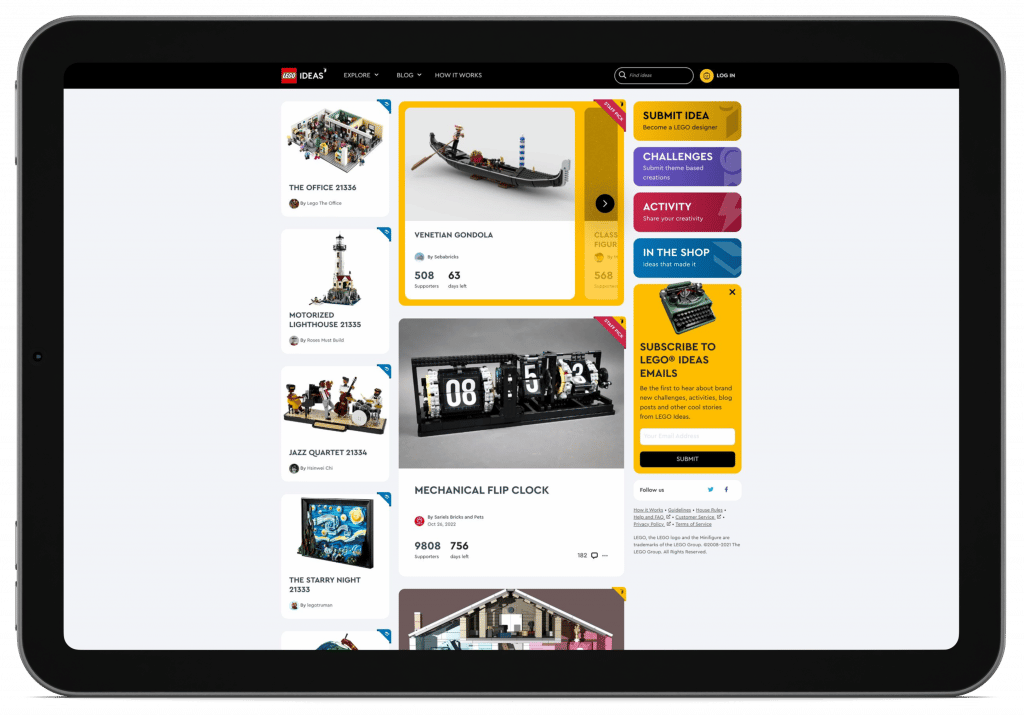
6. Connection
With an online community, you can ensure a connection with your target audience. The trick is to bring people together in a positive way. You can do this with collaborative groups and specific topics. This makes your target group smaller and more specific. And the more specific, the more members will feel invited to join the conversation.
Suppose you want to create a website about food. That’s a very broad topic. That appeals to everyone, but ultimately no one. A site about food in Utrecht is already much more specific. You could add a topic group ‘vegan food’, for instance. Then there’s a good chance that conversations will arise there between vegans in Utrecht. A connection is created.
A good example from our own network is the Federation of Equestrian Sports Centres, the FNRS. This industry association regularly organises in-person meetings. There, stable owners and equestrian centre owners talk about issues that concern them. For example, members want to investigate the pros and cons of solar panels. This is a hot topic during networking sessions. These discussions then continue online in special collaborative groups.
7. Vibrancy
If you want to encourage interaction, it is important to show members that there is already activity on the platform. This makes it more likely that more people will participate. The main trick for this is to prevent information from becoming too fragmented. In a large community with many different themes and collaborative groups, it can quickly seem like there is little interaction. The interaction is then too dispersed.
You can compare it to Vitesse’s stadium. This Gelderland football club receives an average of about 13,000 supporters at a home game. That’s quite a lot of people. But because the GelreDome has about 25,000 seats, it looks like there is hardly anyone there.
In short: look carefully at the number of groups you set up. Better to choose fewer groups where many people respond, than many groups where few people respond.
Another valuable way to show what is happening on the platform is to add an activity stream. You can compare such a stream to Facebook’s timeline. That way, members can easily see the latest updates and replies. If they are recent, they are more likely to click and respond.
8. Appreciation
You do well to reward members who contribute to your community. This can be done in many ways. For example, post a message on your platform when a milestone is achieved (’Jack Smith has already posted 100 messages!’). Or give certain privileges. This can be done within your community, for instance by rewarding members with access to certain content.
You can also use your organisation’s services to get the community excited. The KNVB (Royal Dutch Football Association) does this by regularly inviting members of its online platform to watch Dutch Eredivisie football. Other organisations, for instance, give away free tickets to their event. Or members get exclusive access to an e-learning platform. In short: show your members that you appreciate them. Because then they will value you too.
Final note
While activity is very important, it is not the only success factor of a community. If few members respond but they visit the platform en masse, it shows that the community still adds value. The knowledge members gain, they can then share elsewhere. That is ultimately the goal of a community: to move forward together.
Want more tips on the opportunities and possibilities to encourage more exchanges in your community?
Feel free to contact us, we would love to brainstorm with you.
Also read
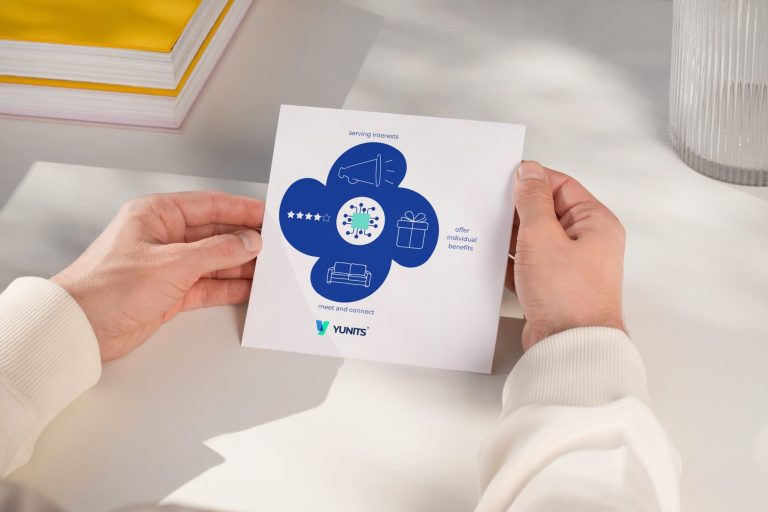
How can your community platform help your association provide its core tasks?

Community of practice: The added value of online community for professional associations
